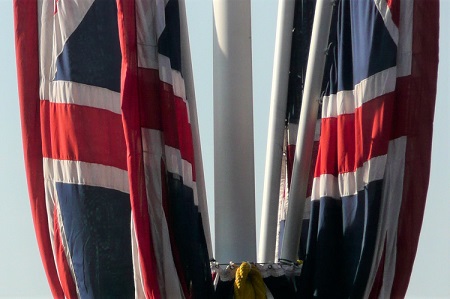 Kensington Gardens
Kensington Gardens
In 1689 William III created private gardens for Kensington Palace from what was originally part of Hyde Park. In the 18th century Queen Anne enlarged the gardens creating the Orangery and later Queen Caroline, wife of George II, further developed the gardens into their present form. In the early 1830’s Kensington Gardens was opened to ‘respectfully dressed’ members of the general public.
Kensington Gardens open throughout the year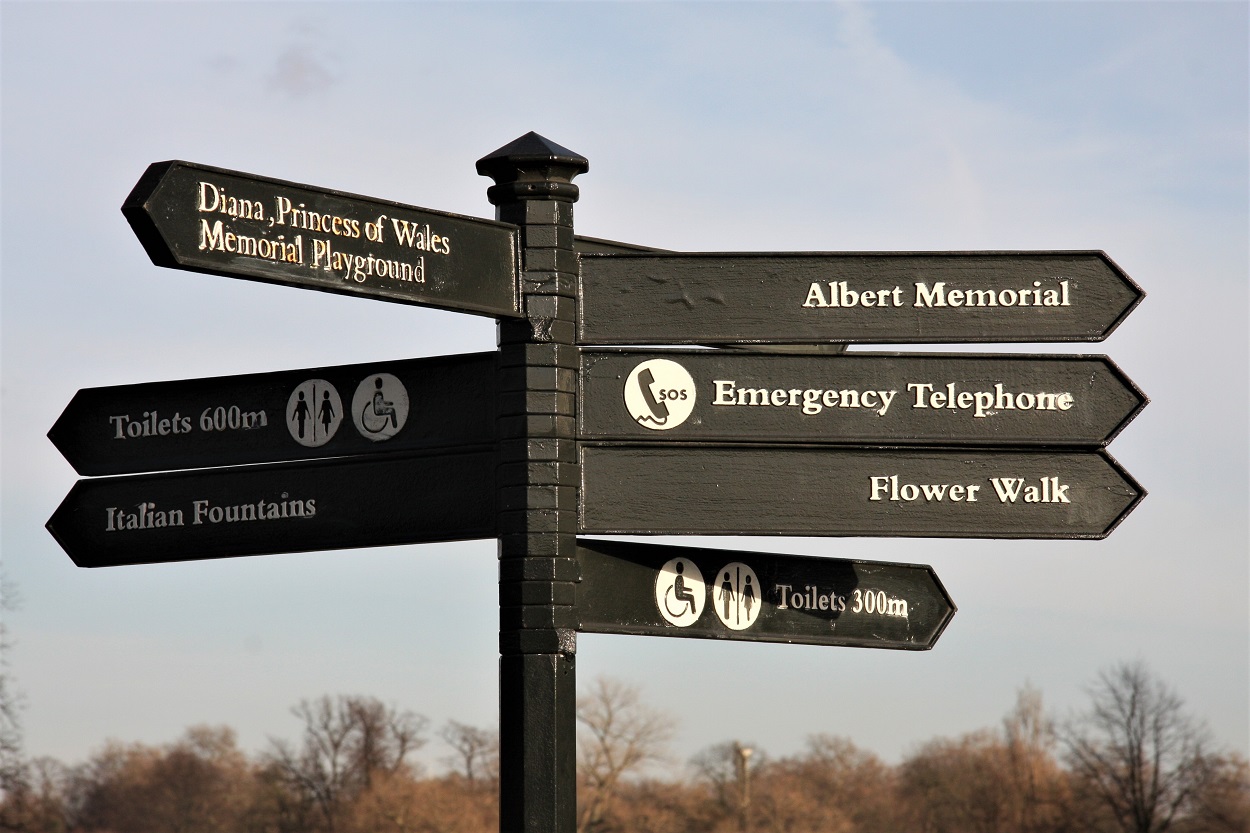
The Round Pond
The Round Pond was created in 1730 by George II as a fashionable addition to Kensington Gardens. The pond, which is up to 5m deep in places, contains various fish and is filled with a large variety of ducks, geese, swans and other birds, all waiting to be fed by visitors.The pond is the home of the oldest model yacht club in the country - the Model Yacht Sailing Association (Est. 1876). Along with the London Model Yacht Club (Est. 1884), members race their craft on most Sundays through-out the year, including their collection of vintage and classic model boats and yachts.
The Round Pond, popular with ducks and geese since 1730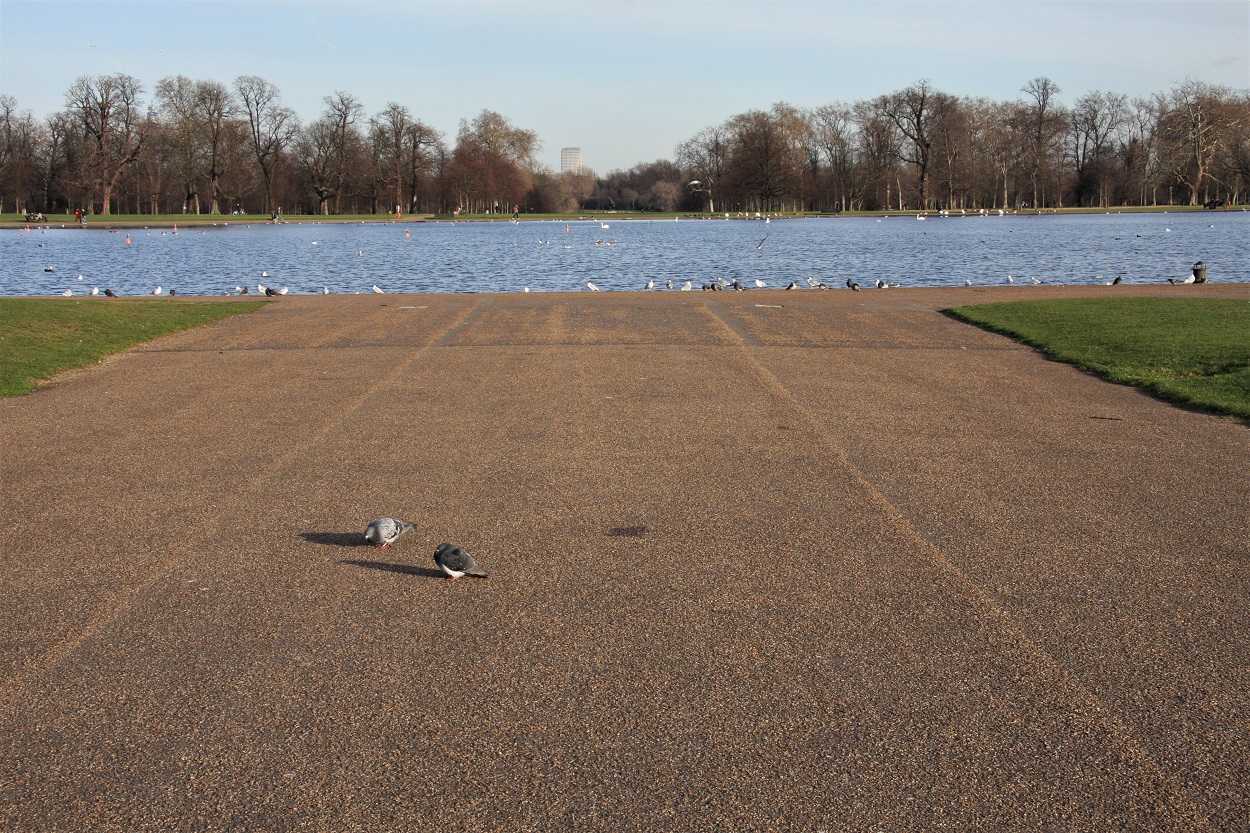
Peter Pan Statue
During the night of May 1st 1912, the bronze statue of Peter Pan, ‘blowing his pipe on the stump of a tree with fairies and mice, squirrels and rabbits all around’, was secretly erected in Kensington Gardens.The park is the setting of J.M. Barrie's book Peter Pan in Kensington Gardens. The statue of Peter, the boy who can fly and who never ages, is placed beside the Long Water, on the spot where he lands after flying out of his nursery.
This original Peter Pan statue has become one of the most popular statues in London, with copies in far off places such as Canada, Australia and New Jersey, USA.
Peter Pan flew into Kensington Gardens and made friends with the fairies.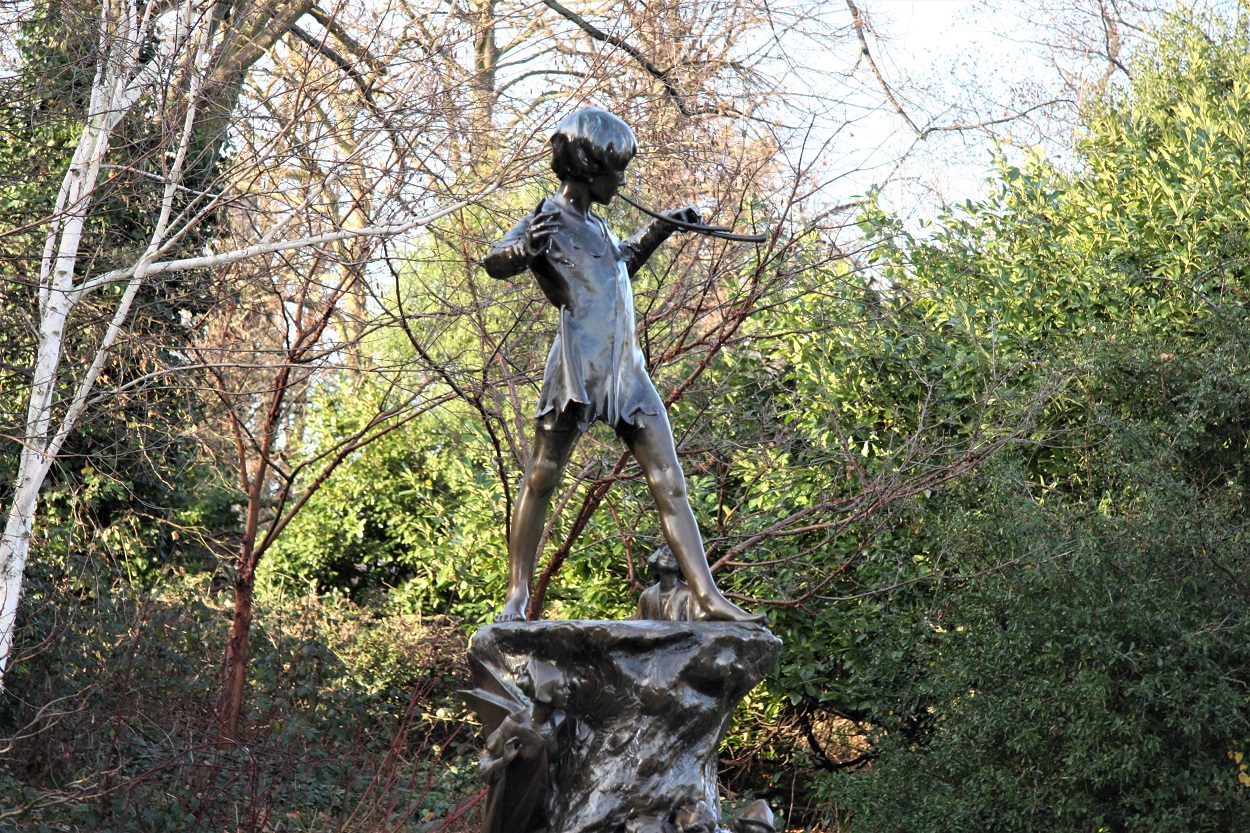
The Italian Gardens
A vision of Prince Albert and commissioned by Queen Victoria in 1860, the Italian Gardens are a series of fountains, ponds and classical sculptures in brilliant white stone.Kensington Gardens Italian Gargens, built by Queen Victoria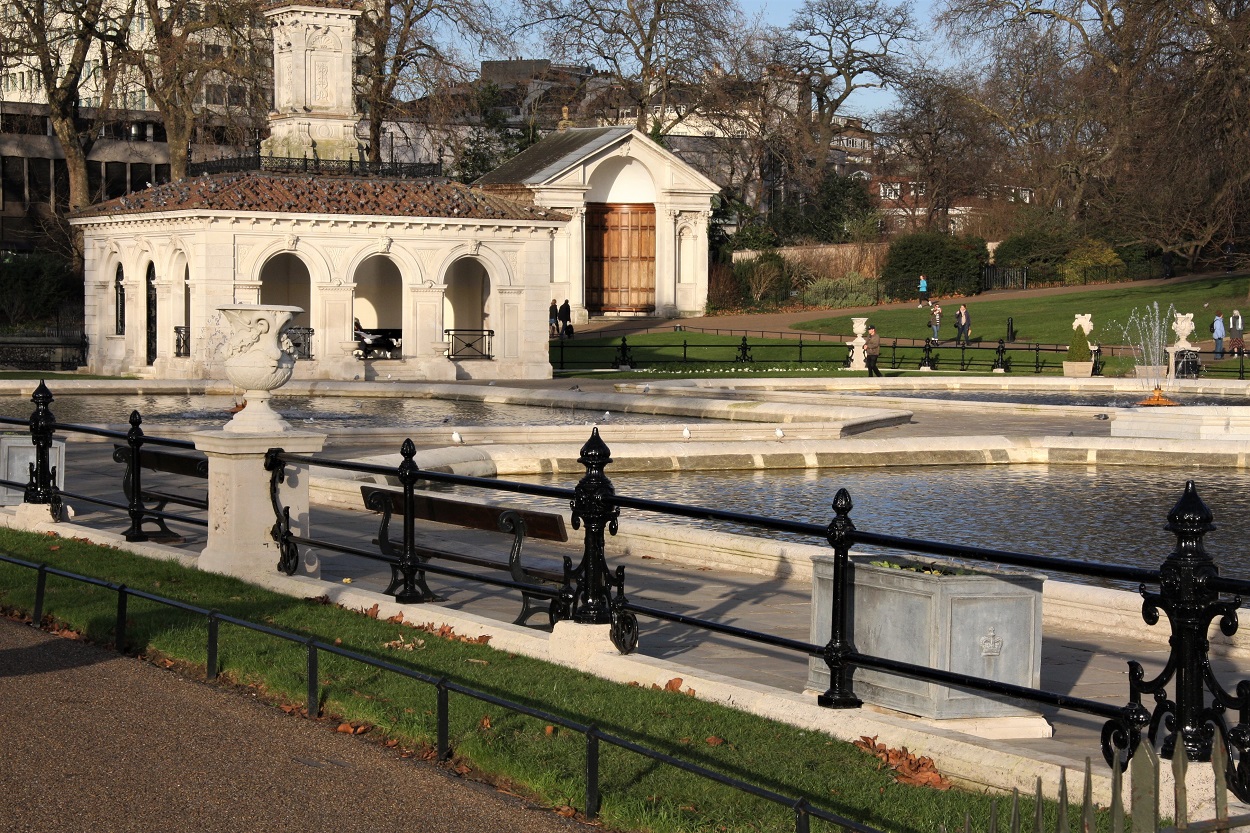
In the centre is a statue of scientist Edward Jenner who developed a vaccine that eventually led to the end of smallpox in 1980. His works on immunology have said to have ‘saved more lives than the work of any other man’.
Visitor Infomation
Kensington Gardgens is a public park open all year round.Further information:
Kensington Gardens
